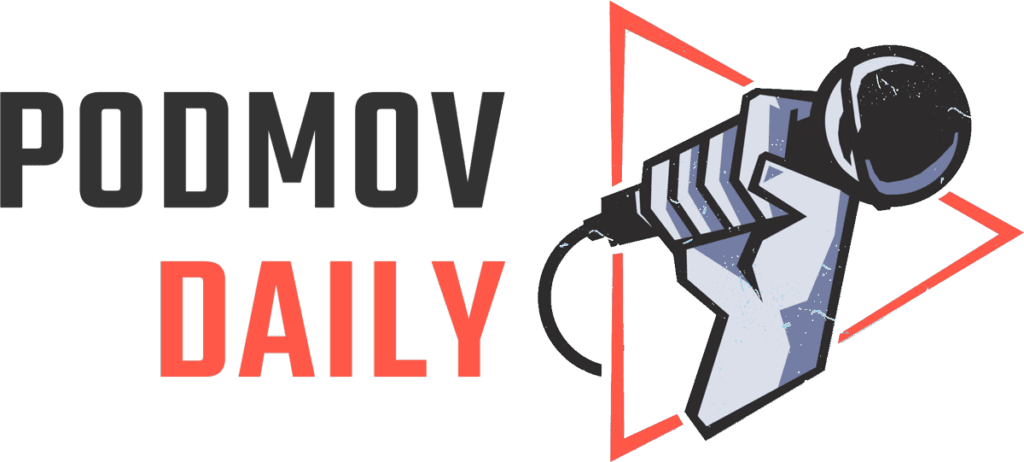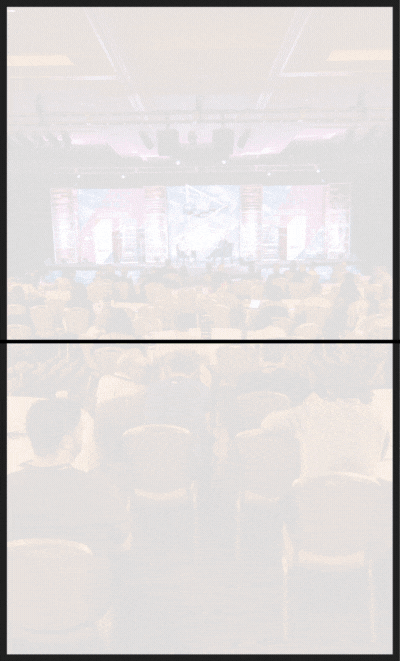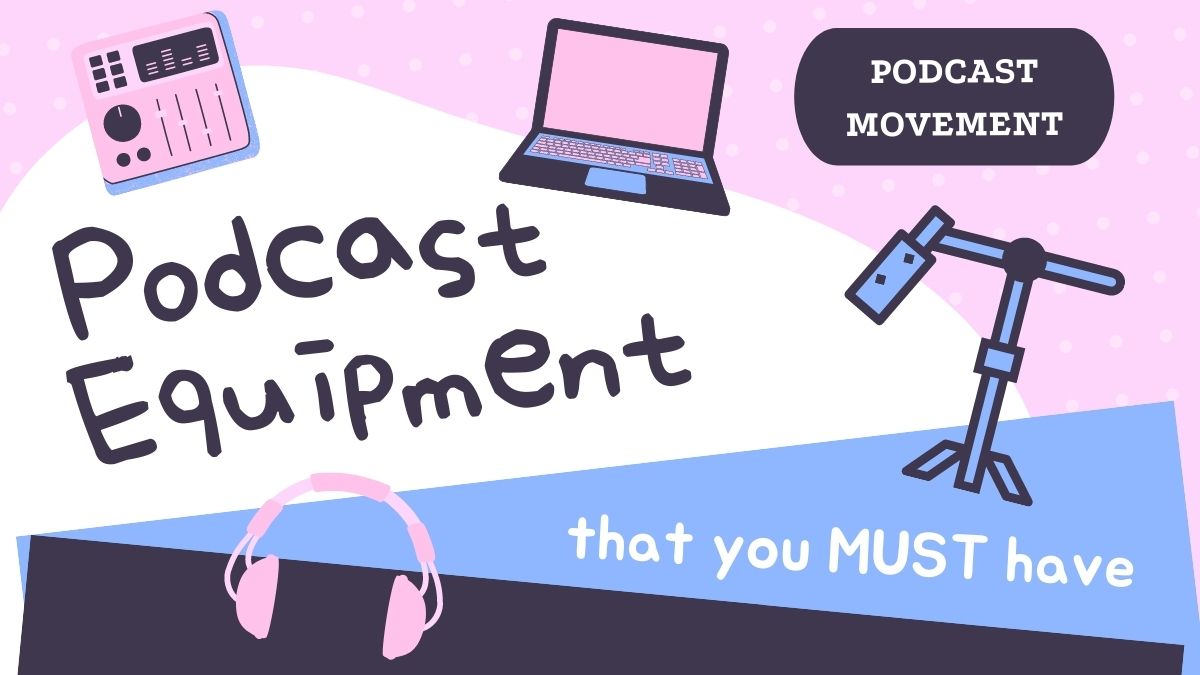
SPONSORED
BY


PodMov Daily: Monday, December 9
Episode 101: A Second on Accessibility
Today’s issue completes our two-part series on accessibility in podcasting. The fresh news and useful articles of regular programming resume tomorrow, December 10.

Boost Your SEO with Transcripts and Audiograms
Content strategist and podcast librarian Ma’ayan Plaut has written a clear, actionable article on how to boost a podcast’s discoverability with SEO strategy. It outlines how to use transcripts, audiograms, and tags to enhance engagement with new and existing listeners.
“Creating relevant accompanying content to your podcast means there are more touchpoints for someone to learn about you, your show, and importantly, start listening,” Plaut explains. These touchpoints don’t just boost your traffic. Tools like transcripts and audiograms open your show to listeners of all abilities, which is reason enough to get started.
PM Guest Feature: Digging Deeper into Podcast Website Accessibility
This feature from Wil Williams and Elena Fernández Collins is on building, or improving, a podcast website. Accessibility is the main focus, with links to suggested resources and actionable, bullet-point checklists. “Always remember that not everyone interacts with things like websites the same way that you do,” Williams writes.
These two avid listeners and reviewers see a ton of podcast websites. They share what’s memorable — details that show you’ve gone the extra mile. “Remember that your choices for your website are what will enable people to discover your podcast, listen to and support your podcast, and talk about you to their friends!,” writes Fernández Collins.
“Think about how you want to widen that net, make your podcast and podcast-related things accessible, and keep creating.”
Podcasts for Everyone: Tips from Experts
Adapted from a feature we ran on July 18, when the newsletter was just 3 issues in.
Most shows available for free download, and an internet connection seems like all one needs to tune in, right? Not so fast. Peter Thomson at G2 spoke to five podcast hosts to gather their inclusivity tips, which have clear and versatile benefits. Nihar Suthar, host of the Chasers podcast, makes some excellent points about episode transcriptions:
The greatest and easiest piece of advice I have for making your podcast more accessible is to transcribe it and link it in a blog post. This is useful for multiple reasons:
1) Allows people who have hearing deficiencies to still be able to consume the content of your podcast.
2) Allows people who are still learning English or the language your podcast is in to be able to better consume the content of your podcast.
3) Helps your podcast be more discoverable through SEO.
Nihar’s commentary on transcriptions will be familiar to some and new to others. Using episode transcripts for customized language learning was one of our favorite ideas in the article. Imagine your podcast as a resource to learn a new language! Growing your audience in the spirit of equal access is not only possible, it’s part of being a citizen of the podcasting community.

Earbuds Podcast Collective: First Episodes
In October, Earbuds Podcast Collective launched its first official podcast. The Collective emails subscribers five recommended, themed episodes per week, and is making their content “more accessible to non-sighted folks,” according to Outlier_HQ.
HIYA! Our new #podcast, Feedback with EarBuds, is now avail on @Stitcher: https://t.co/i7gx8oA79m
More to come! — Earbuds Podcast Collective HAS A PODCAST NOW! (@EarbudsPodCol) October 7, 2019
Cheers,
Team PM
Here's what else is going on:
- SERP’s up: In Search Engine Journal, Manish Dudharejia’s guide explains how and why podcasts will show up on SERPs (search engine results pages) as the service evolves. Just as important are sections on transcriptions, write-ups, and chapter designations to keep your work accessible to humans — and our robot overlords.
- Camera, action: Heather Teysko, host of the Renaissance English History Podcast, describes the value of adding video elements: “Hopefully I’m reaching as many people as possible with those easy changes.” Teysko’s individual process begins with an episode’s transcription, which is turned into a blog post, and then a YouTube video.
- Building blocks: UC Berkeley’s Web Access resource has a wealth of knowledge on accessible content management systems and specific tips, like including alt text for images and using color to optimize contrast. We learned that screen reader users can use heading structure to navigate content, making keyword-focused section titles ideal.
- Power grid: The University of Michigan Library has put together an excellent resource collection for audio content accessibility. A useful table organizes and compared audio transcription services by accuracy, ease of use, cost, response time, and editing time. Detailed introductions include closed captioning and interactive transcripts.




Join the Movement